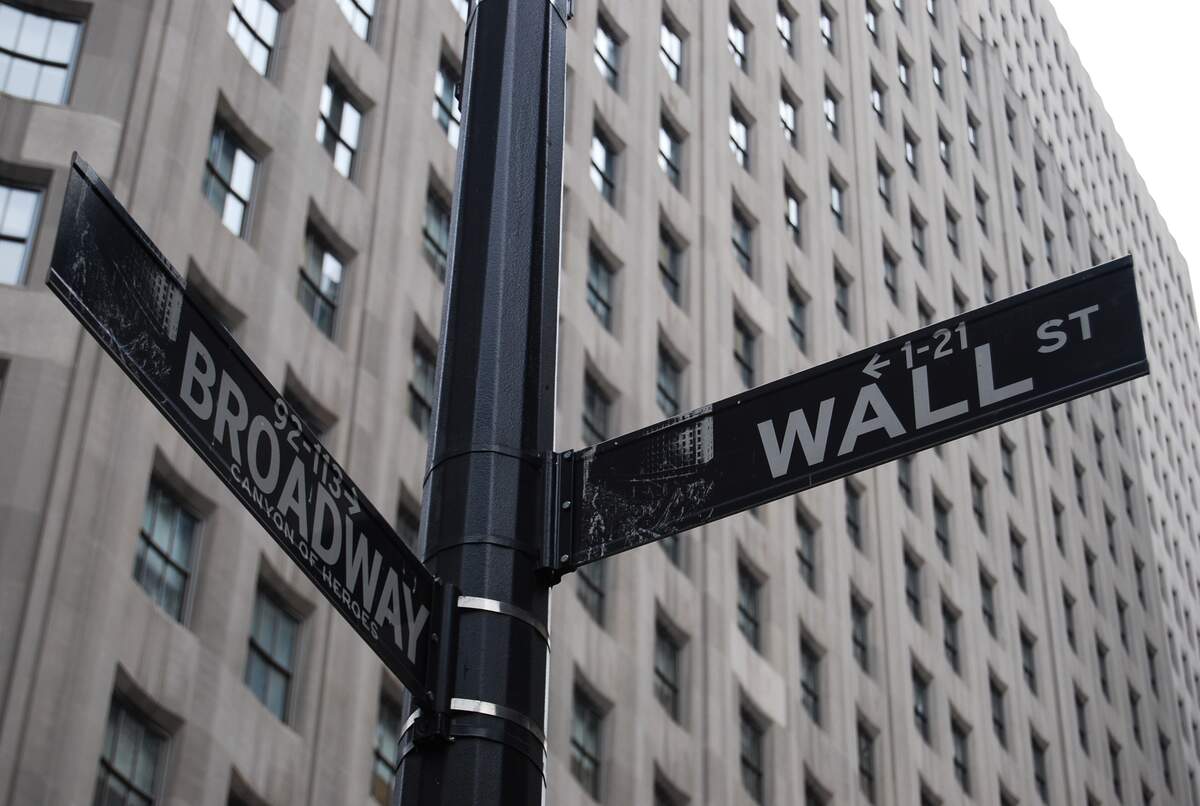

Black Thursday
Black Thursday commemorates Thursday, October 24, 1929, a day when sellers traded close to thirteen million shares in panic on the New York Stock exchange, and endured five billion dollars in losses. Early in the day, eleven percent of the market's value was lost after heavy trading. As so much trading was going on, ticker tape reports were backed up and coming in late across the country, and investors had no way of knowing right away what stocks were valued at, which increased panic. Some of the days' panic was curbed when Richard Whitney, vice president of the Exchange, was backed by leading Wall Street investors, and placed bets on U.S. Steel and other blue chip stocks to raise confidence. This was successful to some extent, and the market recovered much of its loss, but the reprieve was short lived, and the market continued to collapse the following week. Black Thursday is seen as being the start of what was the worst stock market crash in United States history, which was followed by the Great Depression. The years prior to the crash and Great Depression were filled with rising stock prices, economic growth, and optimism. Some indication of a possible downturn was evident prior to October 24, but this was the real turning point.
Experts have debated over the years the extent to which the stock market's collapse was a contributing factor to the Great Depression. Most see it as the largest, but not only factor. The crash ended a bull market and shattered confidence in the economy. Many of those who had been investors had bought on margin and were ruined financially. They couldn't pay back their loans and banks failed. Businesses in turn had to close because they couldn't get credit. The psychological effects of the crash were great and businesses were uncertain on making investments, which in turn caused workers to be uncertain about job prospects and income, which lowered consumption. Overall the crash is seen as something that wiped out a great deal of wealth and immediately slowed down consumer spending. Black Thursday is the day when stock market moved inexorably toward the crash.
How to Observe Black Thursday
The day could be observed by reviewing your own finances and investments. It may be a good day to pick up a book dealing with the Wall Street Crash or the Great Depression. Here is one list of ideas and here is another. You could also reflect on the day by watching a film set during, or about the Great Depression.





















